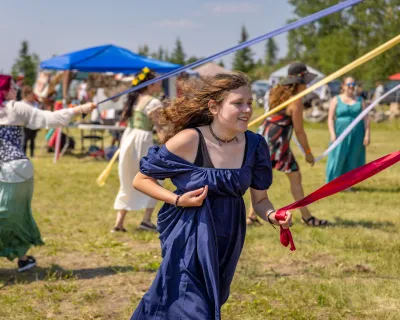Tips for viewing the night sky
Doc Pow
JASPER, AB - Every one of us has looked up at the sky and wondered, what’s up there? For those who want to take that curiosity further, here are five items that will help you view the moon and stars:
- A star chart (or an iPad app such as Starwalk). This will help you pick out the constellations. Think of them like a map to the heavens.
- Some red cellophane for your flashlight. Traditional white light is hard on our eyesight, and every time you get “blinded by the light” it will take your eyes longer to adjust to seeing in the dark.
- A good reference book, such as Nightwatch by Terence Dickinson, suggests Frank Florain from Edmonton's Telus World of Science.
- A good set of binoculars. Then, as your interest increases, a decent telescope ($500)
- Finally, you’ll want to take a trip to Jasper Alberta - the World's Largest Dark Sky Preserve. Set within the Canadian Rockies and free from artificial light pollution, Jasper plays host to a sky that is a canvas of stellar attractions. (Insiders tip: hit the highway along the Icefield’s Parkway for the darkest skies. CBC's Bob McDonald of Quirks and Quarks fame says that you'll see more than 3,000 stars with the naked eye on a clear night).

Frank Florian, head of programming at the Telus World
of Science, demonstrates how a telescope works.
Florian says the cost of getting great views of the heavens
isn't too pricey. A good telescope starts at around $500.
Photo courtesy of Doc Pow.
For more information on the Jasper Dark Sky Festival visit Tourism Jasper’s website




